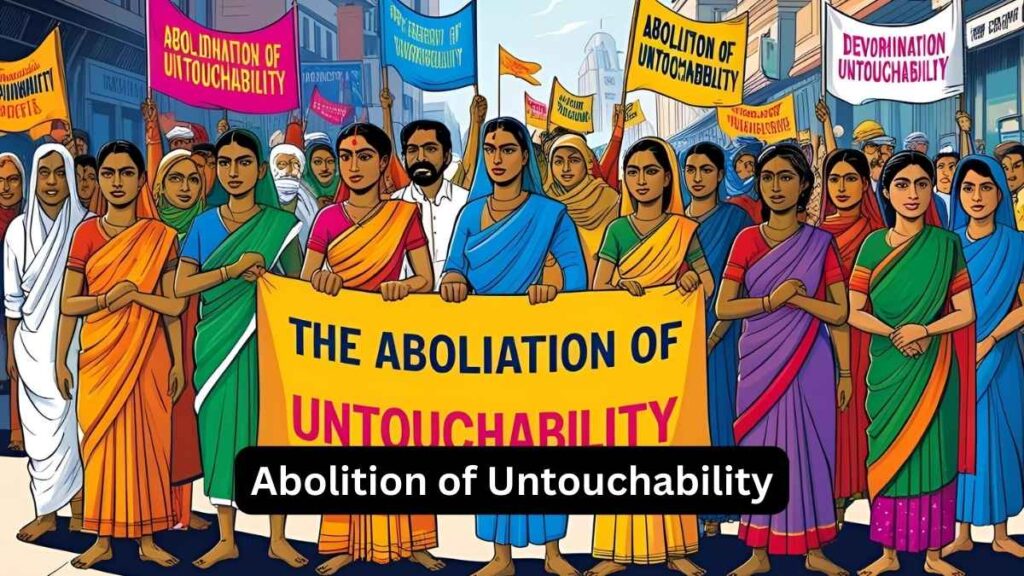Font size:
Print
Overview of Ethanol Production and Feedstocks
Context:
For the first time, cereal grains such as maize and damaged foodgrains now make up more than 50% of India’s ethanol production, exceeding the share provided by sugarcane-based feedstocks.

More on news:
- June 26, 2024: The government permitted the import of 0.5 million tonnes of maize at a 15% concessional duty through the National Agricultural Cooperative Marketing Federation of India.
- Industry Request: The poultry and feed industry has asked for permission to import up to 5 million tonnes of maize at zero duty to address the supply shortfall.
- Increased demand for maize-based ethanol has positively impacted maize farmers in Karnataka, Madhya Pradesh, Maharashtra, and Bihar.
- A Farmer’s Journey from an ‘Annadaata’ to ‘Urjadaata’
- Shortage Concern: There is a concern about a maize shortage, with production estimated at 36 million tonnes and a requirement of 41 million tonnes, including for ethanol blending.

Previous Context & Recent Context:
- The contribution of grains to India’s ethanol production has risen from 0% in 2017-18 to 52.7% by June 30, 2024.
- Pre-2017-18: Ethanol production was exclusively from C-heavy molasses, a byproduct of sugar production.
- From 2018-19: The government allowed the use of B-heavy molasses and whole cane juice for ethanol production, offering higher prices for these methods.
- Recent Changes: As of July 2023, the government stopped supplying Food corporation of India rice and, from December 2023, restricted the use of cane juice and B-heavy molasses to address concerns about cereal and sugar inflation.
Ethanol Blended Petrol (EBP) Programme Overview
- Initial Projects: Launched pilot projects in 2001 at Miraj, Manmad (Maharashtra), and Aonla/Bareilly (Uttar Pradesh).
- Programme Launch: Officially started in 2003 with a 5% ethanol blend in 9 states and 4 Union Territories (UTs).
- Objectives of the EBP Programme: Reduce import dependence, save foreign exchange, support domestic agriculture, and provide environmental benefits.
- Achievements: 10% ethanol blending target for ESY 2021-22 has been met.
- Public Sector Oil Marketing Companies (OMCs) have started selling E20 (20% ethanol blended) petrol across the country.
- Future Goal: 20% ethanol blending is targeted by ESY 2025-26 as per the National Policy on Biofuels – 2018.
- Currently, the blending ratio stands at 12.7%, with a target of 15% for this year.

India’s Shift in Ethanol Production:
- As India’s third most-grown cereal, maize has become crucial for ethanol production, enhancing its importance in agriculture and energy.
- Government’s Shift from Sugar: The government is reducing sugarcane use for ethanol due to its high water consumption, about 9 lakh litres twice a month per acre.
- Achieving a 20% ethanol blending target would require 1,320 million tonnes of sugarcane, 19 million hectares of land, and 348 billion cubic metres of water.
- The government has increased incentives for maize-based ethanol due to its lower water and resource requirements.
Ethanol (Ethyl Alcohol):
- Chemical Formula: C₂H₅OH
- It is a volatile, flammable, colourless liquid with a slight characteristic odour.
- Ethanol Fuel: It is a renewable fuel made from various plant materials collectively known as biomass. It is a clean-burning fuel source.
- Ethanol Production Process:
- It can be produced through petrochemical processes or naturally via the fermentation of sugars by yeasts.
- In the case of cane juice or molasses, the sugar present is sucrose, which is broken down into glucose and fructose.
- In contrast, grains contain starch, which must first be converted into simpler sugars before fermentation, distillation, and dehydration to produce ethanol.
International practices on Ethanol Blending in Petrol:
- Brazil: Brazil’s national policy mandates a blending of 18-27.5% ethanol in gasoline, starting from 2015, with the current blend at 27%.
- Brazil adopted ethanol as fuel in the 1970s amidst the Oil Crisis of 1973-74.
- United States: Renewable Fuel Standards (RFS): The Clean Air Act (1970) requires the Environmental Protection Agency (EPA) to set annual volume requirements for renewable fuels, updated each year based on fuel availability.
- European Union (EU): The EU aims for 10% of transport fuel in every member country to come from renewable sources, including biofuels, by 2020.
- China: Ethanol Legislation: In September 2017, China announced legislation to mandate 10% ethanol blending in fuel nationwide.



